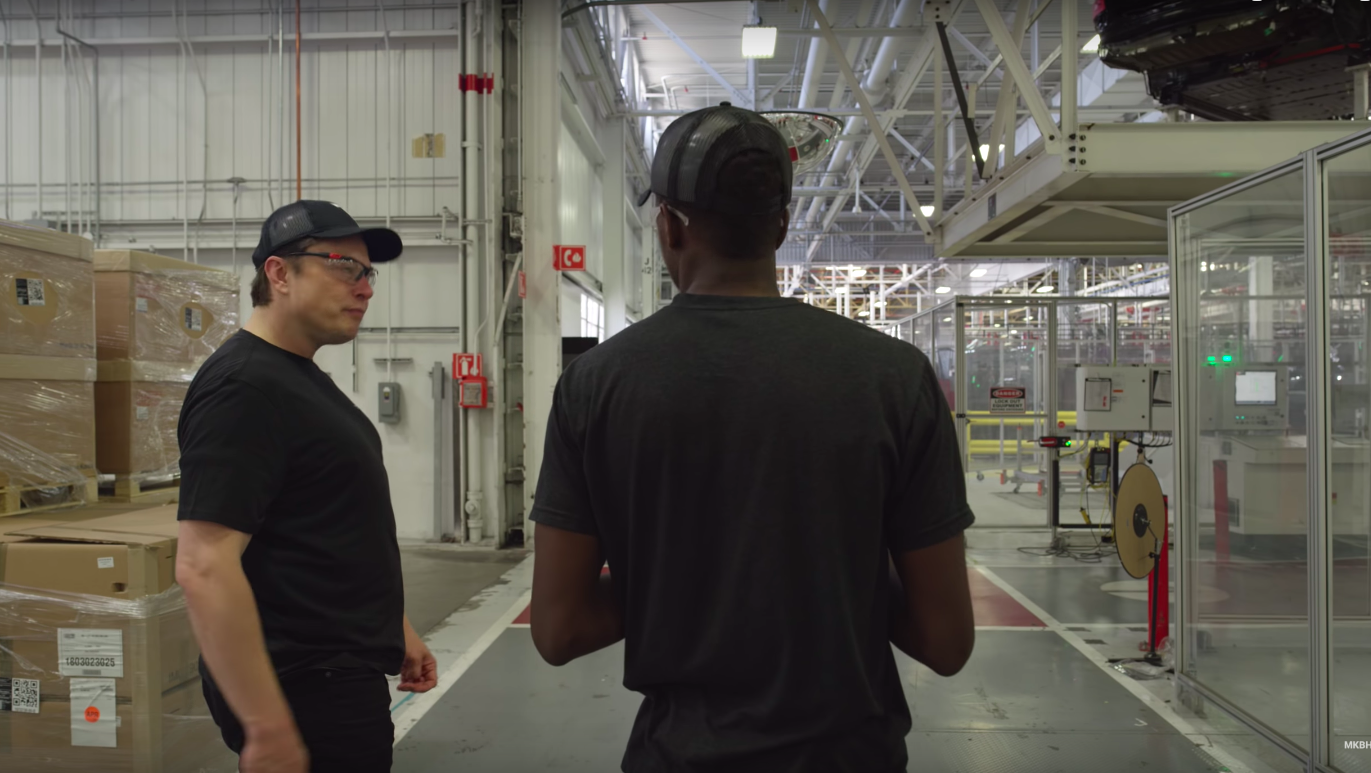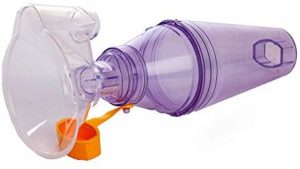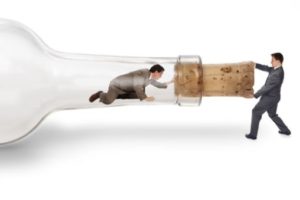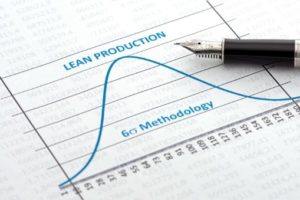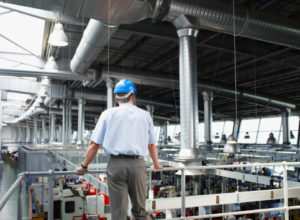Tesla aims at mass producing electric cars and make them as ubiquitous as gasoline powered cars. To do that, they have to produce affordable cars and meet the huge demand the promise of pollution-free transportation is generating in the market.
The launch of the mass market Tesla Model 3 has been dogged by production problems with the number of unfulfilled orders exceeding the ability of the company to deliver. Tesla’s CEO Elon Musk has talked about been in a “production hell” — working tirelessly to get production moving at the right pace.
In the past one year or so, Elon Musk has transformed his idea of what is required to meet production targets. He has gone from thinking that excessive automation is the answer to his productivity challenges to recently admitting that there are areas that are best left to manual human labour. In this interview, Elon even showed more admiration for low tech “dumb robots” that use simple sensors and magnetic strips to move material to various workstations within the factory.
This transformation has taken some time to come, and –as a member of the lean community– it is gratifying to witness it.
There are many interviews and talks that Elon Musk has given over the years that give a glimpse as to his manufacturing philosophy. Even from the quarterly Tesla shareholder reports, one is able to decipher some aspects of his manufacturing principles and managerial style. When looked at in total, all these materials in the public domain point to a evolving mindset at the company in terms of its production system.
Elon Musk’s recent interview and factory tour with web video producer Marques Brownlee sheds a lot of light on what I call his transformation to a lean manufacturer. It is instructive to note that the Tesla Model 3 in Fremont California was the site of the NUMMI factory where Toyota collaborated with GM in an effort to teach Americans the Japanese production techniques. The productivity of this factory was much higher than what Tesla is currently doing — this despite the fact that it was less automated. NUMMI factory was able to produce so many cars using less manpower and automation mostly because of employing lean manufacturing principles.
So what is it that Elon Musk said in his recent interviews to make me say that he is transforming into a lean manufacturer? There are a number of things.
There are things humans can do better than robots
While there are sections of the Tesla factory that are highly automated (80-90%) — like the paintshop — other areas such as the final assembly are more suited for manual labor. This situation is much different from what Musk meant meant when he said that Tesla was building the machine that builds the machine. The idea here was to have a factory designed for tight production production where everything is moving at a very fast pace.
But the Tesla CEO seems to have come to the realization that such a tight tight layout is to complicated. During the tour, he gave the analogy of trying to automate the grabbing of a wiggling hose — while a human does it almost thoughtlessly, programming a robot to catch the hose is almost impossible. Humans are good at tasks that require adaptation and rapid evolution such as those found in the general assembly area.
The biggest mistake we made was trying to automate general assembly, where everything is put together.
Manual labor is better than robots especially when they are complicated as they will require specialised and expensive engineering expertise. In an factory operation that runs continuously for 24 hours, this means that these technicians will have to be available all the time in case of breakdowns. This extra layer of highly paid support labor will increase the operating costs and eat into the company’s profits.
The fact that the robots are specialised for specific tasks within the factory means that there is a lot of downtime when they breakdown.
Use conveyors only when necessary
The removal of conveyors — which musk said ended up complicating things even more — is another indication that lean manufacturing principles are taking root at Tesla.
Conveyors added a level of complexity that led to lower productivity. The conveyors — which were later removed –needed constant attention from engineers so that they do not break down. Removing things that do not add value is a major activity when doing lean manufacturing.
Another thing, conveyors tend to move material very fast. This may sound like a good thing, but it may actually be the cause a significant drop in productivity. Why is this? Conveyors that transport material faster than the speed of the line end up creating bottlenecks because of build-up of work in process. Resources are required to handle this material build up and this leads to more manpower being deployed — hence the low productivity.
Remove wasteful process steps
In the photo above, Musk is explaining what the robots (partially visible) at the top right side do. In order to create access to the other parts of the factory, Tesla basically uses two robots to pass cars over the gangway. The first robot picks the car body and places it on a turntable which rotates and then another robot takes it to the other parts of the assembly line.
The CEO noted in the interview that he thinks the process should be redesigned to scrap the step of one robot putting the car body down on the platform and another picking it up. The robots should just pass the car to each other without the added process step.
This principle of doing away with unnecessary steps that do not add value is key in achieving a lean factory and Tesla is starting to show a better appreciation of it.
U-shaped Layout is more efficient
The Tesla factory processes are arranged in a U-shape. This type of layout is very efficient in the utilisation of space and also gives visibility to what is happening on the line. The logic is simple — a straight line layout will require more space lengthwise. Bending the line in a u-shape can save up to 50% of the space required by the assembly line.
Another advantage a u-shape line has over a line layout is that the input and output sections are next to each other. This makes designing of receiving and shipping bay much easier.
Set-up times for machines and processes are lower in u-shaped lines. Another advantage is that sharing of equipment for different product line becomes much easier — thereby saving capital cost on duplicate machines.
Conclusion
It is a good thing that Tesla is starting to use the time tested lean manufacturing principles in its production process. They will have to continue experimenting on the best way to bring about their vision of a mass produced affordable electric car. Getting there will require a dogged determination to succeed as well as the humility to accept counsel from people who have done it better.
Above all, embracing lean manufacturing means that you have to take everyone on board and unleash the creativity of your workforce to solve problems.
Tesla should replace its top-down management style with a bottom-up approach that takes input from lower cadres so as to improve productivity, quality and profitability. With an engaged workforce that is actively analysing problems and developing creative solution, there will be no need for the CEO to camp in the factory.

